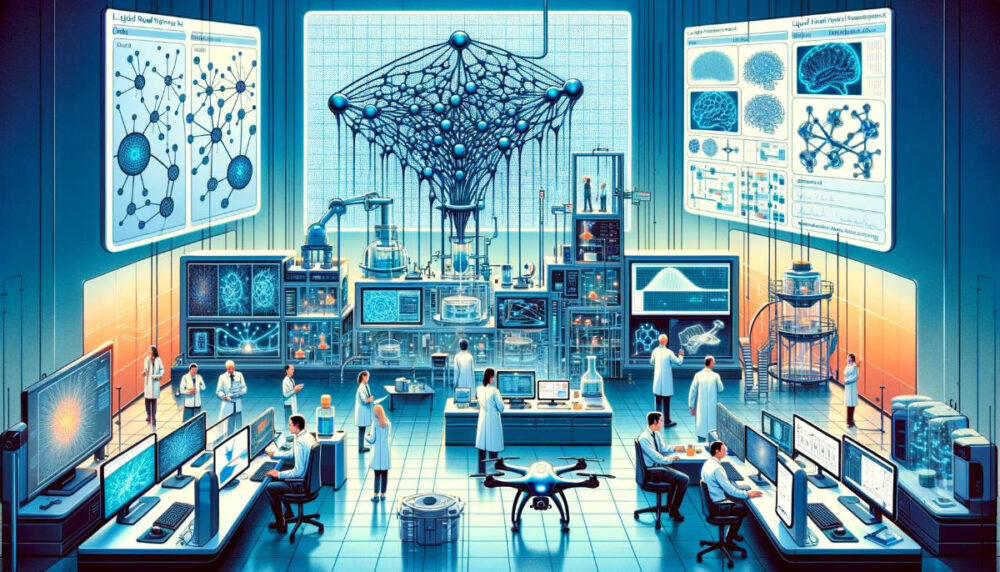Worm-Inspired AI Could Revolutionize Robotics and Data Analysis
Liquid AI, a company founded by renowned robotics expert Daniela Rus from the Massachusetts Institute of Technology, is developing universal AI systems based on relatively new models known as liquid neural networks.
What Are Liquid Neural Networks?
Liquid neural networks are made up of a small number of “neurons” whose behavior is described by equations. Unlike traditional models such as GPT-3, which has 175 billion parameters and 50,000 tokens, liquid networks are much more compact and require significantly less computing power for both training and operation. For example, an autonomous driving program might have only 20,000 parameters and can even run on a Raspberry Pi.
These networks can continuously optimize their parameters to improve efficiency over time. They analyze sequences of data, unlike traditional AI that processes isolated fragments, and dynamically adjust the signal exchange between neurons. This allows them to adapt to changes in the environment, such as shifting weather conditions.
Proven Performance in Real-World Tests
In tests, liquid networks have demonstrated high effectiveness in prediction and autonomous drone control. For instance, a network trained on data from an experienced pilot was able to control quadcopters in forests and urban environments. It applied learned skills to new situations without additional adjustments.
The Team and Investment
The project is led by Daniela Rus, Ramin Hasani (CEO), Mathias Lechner (CTO), and Alexander Amini (Chief Scientist). The company has raised $37.5 million in investments from venture funds and major tech companies. These funds will help commercialize a new generation of AI models similar to GPT, but more efficient.
Applications and Future Plans
Liquid AI will also provide computing infrastructure and tools for corporate clients, enabling them to create their own liquid networks for specific tasks. Potential applications include wildlife monitoring, search and rescue operations, power grid load forecasting, and more.
According to the founders, the technology is suitable for analyzing any phenomena where data is presented as dynamic sequences—such as video, audio, or telemetry.
Advantages and Transparency
Liquid neural networks are a promising and rapidly developing field. They combine compactness, computational efficiency, and adaptability. Liquid AI also emphasizes the importance of transparency and safety, noting that liquid networks are easier to interpret and analyze compared to large, complex programs.



